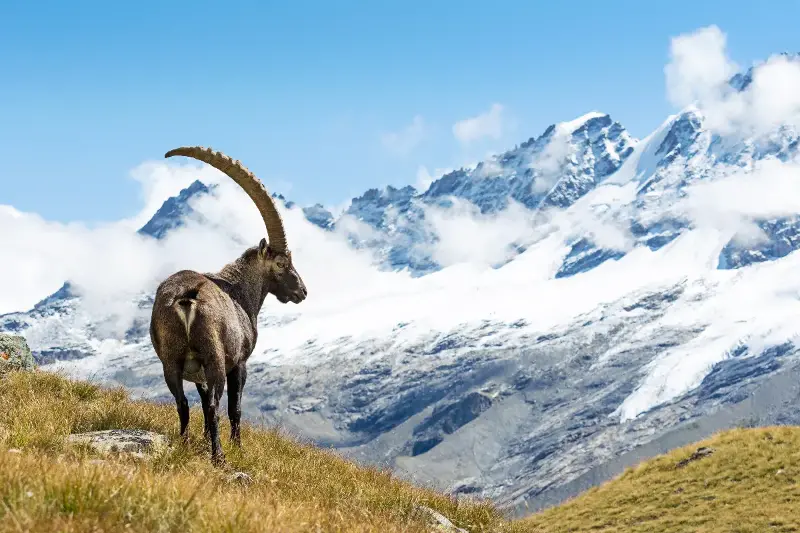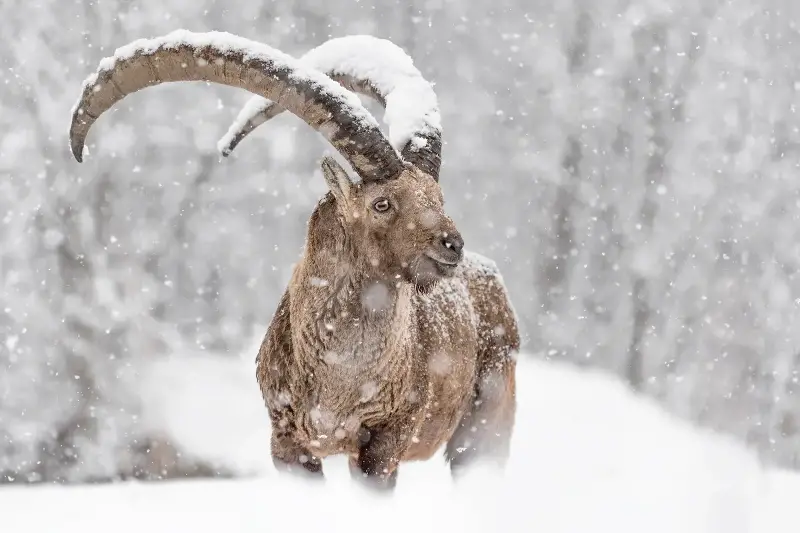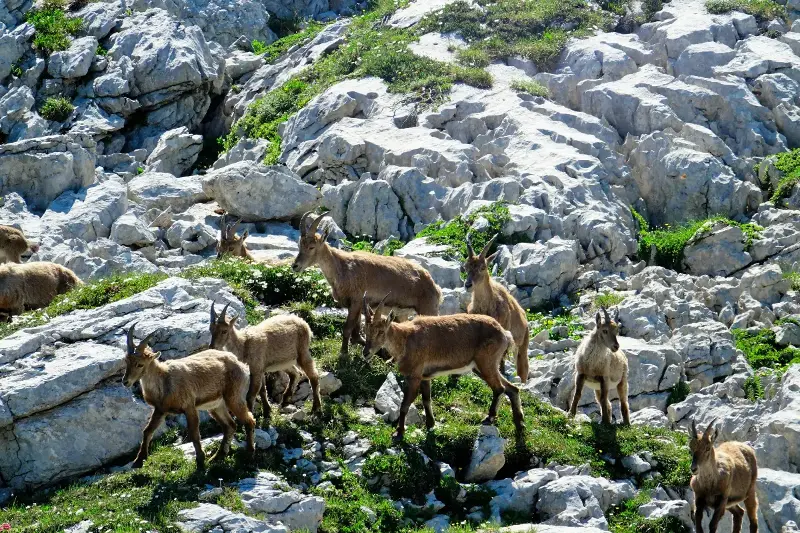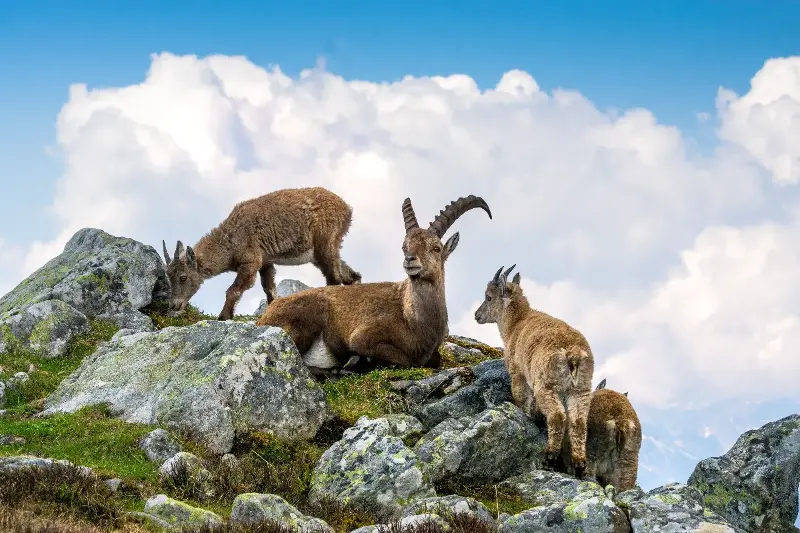Perched on the world’s steepest cliffs and craggiest slopes, the ibex is a true master of mountainous terrains. These wild goats, famous for their daring ascents and almost vertical leaps, have long fascinated naturalists and adventurers alike. Let’s embark on a journey into the remarkable lives of these agile climbers and discover how they not only survive, but thrive, in some of the world’s harshest environments.

Masters of the Mountains: Unique Ibex Adaptations
Ibex are naturally found across the high-altitude regions of Europe, Asia, and northern Africa, with each subspecies perfectly tailored to its rugged home. From the alpine ibex of the European Alps to the Nubian ibex of North African cliffs, these mountain goats have evolved a distinctive physique for life on the edge.
One of the most striking features of the ibex is its sturdy, muscular build and surprisingly nimble legs. Their hooves are a marvel of nature’s engineering: each split hoof has rubbery pads, providing exceptional grip on even the most precarious rocky surfaces. This specialised structure gives the ibex an uncanny ability to balance and leap over dizzying drops, defying gravity with every step.
Their horns are not just for show. Both male and female ibex have impressive, backward-curving horns, though the males’ can grow up to a breathtaking metre in length. Besides playing a role in social dominance and mating fights, these horns are also essential for scraping snow to find hidden tufts of grass in winter.

Survival in the Wild: From Diet to Defence
Life high above the tree line is no picnic. Temperatures can drop sharply, storms roll in with little warning, and food is often scarce. Yet, ibex are finely tuned to such extremes. Their thick double-layered coats keep them warm during icy winters, shedding to a lighter, cooler version in summer months.
Ibex are strict herbivores, delicately nibbling on alpine grasses, moss, lichens, and shrubs that few other animals can reach. Their ability to feed off the sparse vegetation found on ledges and outcrops helps them stay out of reach from most predators.
Speaking of predators, the ibex’s greatest advantage is its habitat. Wolves, lynxes, and eagles might occasionally eye an ibex for dinner, but the steep, nearly vertical cliffs provide a natural fortress. When threatened, ibex display astonishing speed and agility, effortlessly scaling rocky faces that would leave humans clinging for life. This vertical escape route is the ultimate defence mechanism—few land predators can follow them to such dizzying heights.

Social Lives and Reproduction on the Rocks
Despite their wild homes, ibex are highly social creatures. Females and their young live in tight-knit groups, called herds, whereas males prefer to roam in smaller bachelor groups, only joining the females during the breeding season. Social grooming and play are common sights, especially among the young, who learn the fine art of climbing from their mothers.
Mating season, or the “rut”, takes place in late autumn or early winter. Here, males engage in dramatic battles—rearing up on hind legs and clashing their horns in thunderous duels—to win the attention of females. After a gestation period lasting about six months, females usually give birth to a single kid, occasionally twins. Born in the spring, the kids are up on their hooves within hours, scaling rocky ledges with striking confidence by their first week.

A Living Symbol and Conservation Status
The ibex has long inspired legends, artwork, and even mountain climbers who attempt to mimic its fearless feats. Once hunted nearly to extinction in parts of Europe for their horns and hides, intensive conservation efforts have seen many populations bounce back. Innovative rewilding programmes, strict protection, and local community involvement have helped ibex reclaim their ancient ranges.
Today, while some subspecies remain vulnerable, the ibex is celebrated as an emblem of resilience and survival. Its ongoing story encourages us not only to marvel at nature’s wonders, but also to protect these rare, high-altitude habitats for generations to come.
Every sighting of an ibex perched atop a narrow mountain ledge is a reminder of how life finds a way, even in the most unlikely places—turning the wildest challenges into spectacular displays of nature’s ingenuity.
